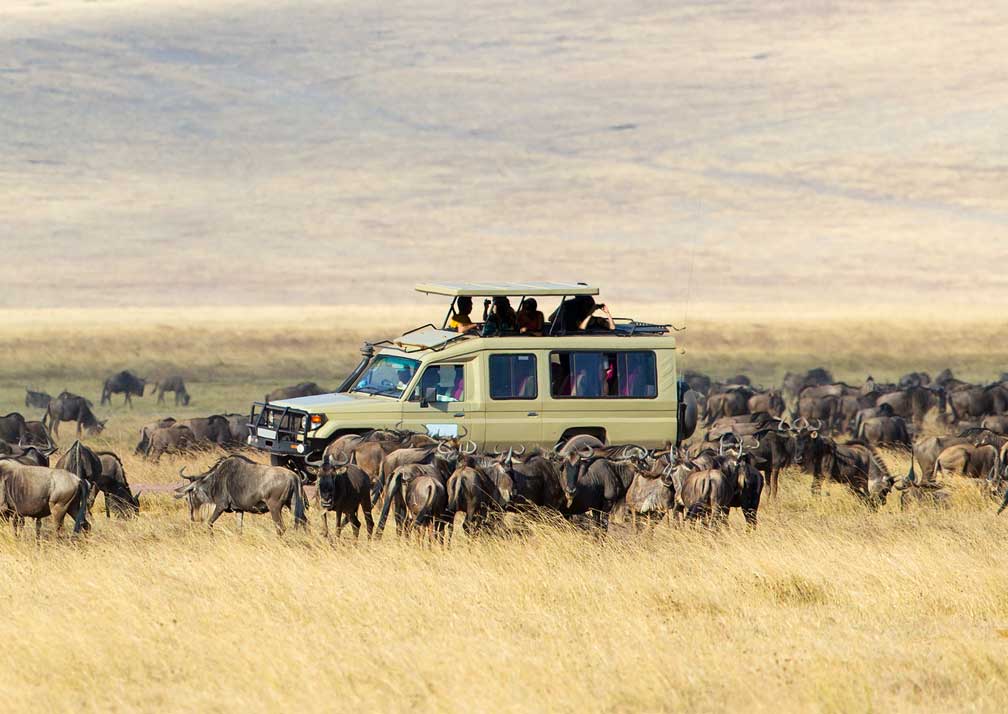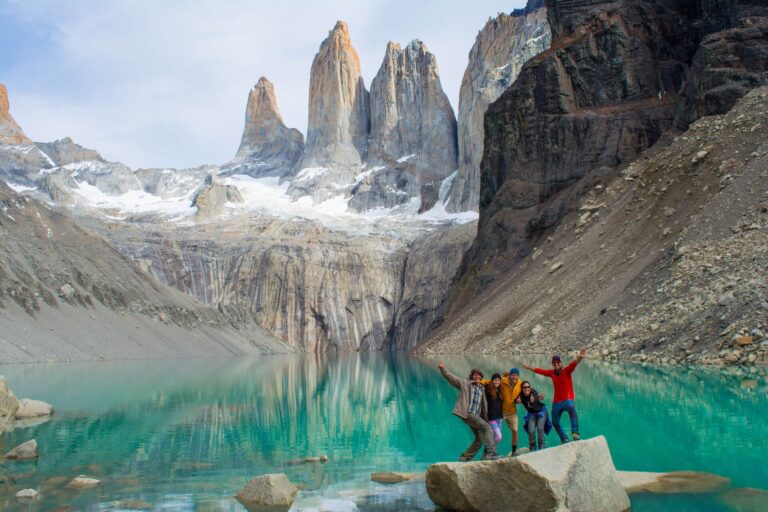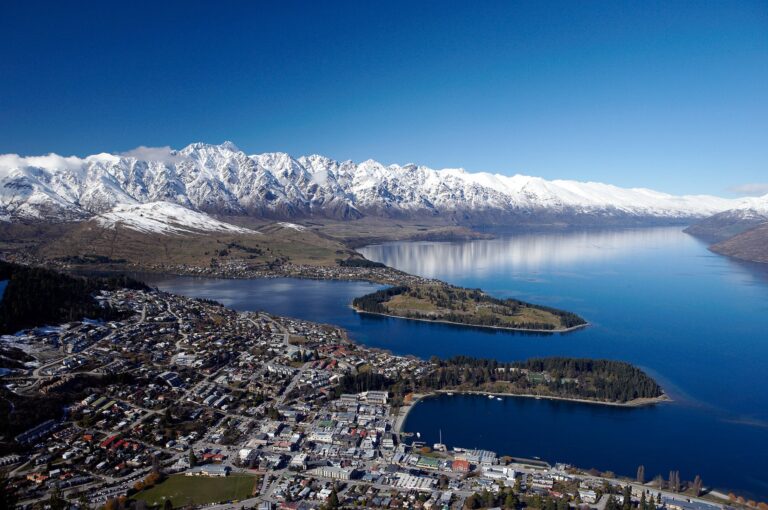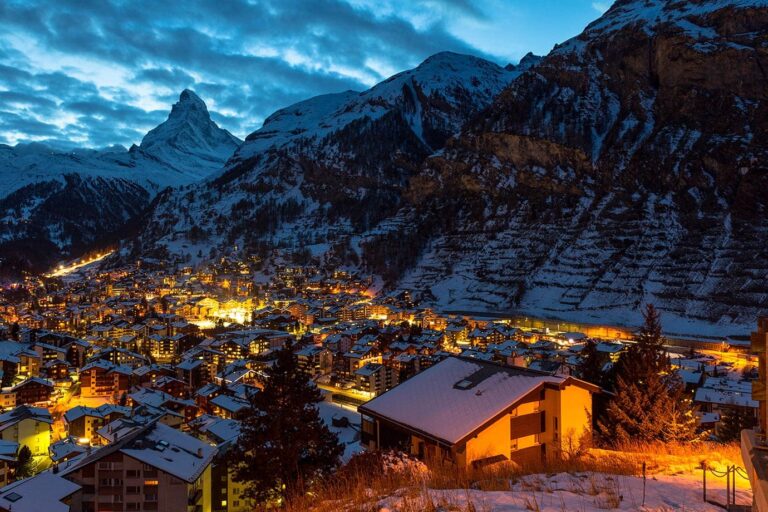Serengeti National Park
Welcome to Serengeti National Park, a mesmerizing destination that showcases the untamed beauty of Africa’s wildlife and landscapes. Located in northern Tanzania, this world-renowned national park is a UNESCO World Heritage Site and a must-visit destination for nature enthusiasts, adventure seekers, and wildlife lovers. Embark on a journey of a lifetime as we delve into the allure of Serengeti, its breathtaking wildlife, vibrant culture, diverse architecture, and unforgettable experiences.
- Location and Natural Beauty:
Serengeti National Park spans an expansive area of approximately 14,750 square kilometers (5,700 square miles) and is nestled within the Serengeti ecosystem, which includes adjoining wildlife reserves. The park is situated in the Serengeti Plains, known for its sweeping grasslands, scattered acacia trees, and iconic rocky outcrops called kopjes. The park is home to an astonishing array of wildlife, including the renowned Great Migration, where millions of wildebeest, zebras, and gazelles journey in search of greener pastures. - Climate and Weather:
Serengeti National Park experiences a pleasant climate throughout the year, making it an ideal destination for a safari adventure. The park is characterized by two distinct seasons: the dry season and the wet season.
- Dry Season (June to October): During this period, temperatures range from 68°F to 86°F (20°C to 30°C) during the day and drop to around 50°F to 59°F (10°C to 15°C) at night. The dry season offers excellent game viewing opportunities as animals congregate around the remaining water sources.
- Wet Season (November to May): This season sees intermittent rainfall, transforming the landscape into lush greenery. Temperatures range from 77°F to 86°F (25°C to 30°C) during the day, while nights remain relatively warmer at around 59°F to 68°F (15°C to 20°C). The wet season offers a unique chance to witness the calving season and witness the predators in action.
- Cuisine and Dining:
Serengeti National Park provides a delightful culinary experience for visitors. While on safari, you’ll find a variety of dining options, ranging from traditional African cuisine to international flavors. Many lodges and camps offer buffet-style meals featuring fresh and locally sourced ingredients.
Sample Prices for Food:
- Breakfast: $10 – $20
- Lunch: $15 – $25
- Dinner: $20 – $40
- Snacks: $5 – $10
- Bottled Water: $2 – $5
- Accommodation Options:
Serengeti National Park boasts a wide range of accommodation options to suit various preferences and budgets. Whether you’re seeking luxury lodges, tented camps, or budget-friendly campsites, you’ll find the perfect place to rest and rejuvenate amidst the wilderness.
Luxury Lodges:
- Singita Grumeti: A luxurious lodge with elegant suites, world-class amenities, and breathtaking views.
- Four Seasons Safari Lodge Serengeti: Offers stunning views of the Serengeti, spacious rooms, and exceptional service.
- Asilia Dunia Camp: Nestled in a secluded location, this camp provides a tranquil and luxurious safari experience.
Tented Camps:
- Serengeti Migration Camp: A tented camp that offers a unique blend of luxury and wilderness, with panoramic views of the Serengeti.
- Nomad Serengeti Safari Camp: A mobile camp that follows the Great Migration, providing an authentic and immersive safari experience.
- Serengeti Serena Safari Lodge: Combining traditional African architecture with modern comforts, this lodge offers a serene ambiance.
Budget-Friendly Options:
- Serengeti Kati Kati Tented Camp: A comfortable camp with spacious tents, hot showers, and a friendly atmosphere.
- Ikoma Tented Camp: Located just outside the park boundaries, this camp offers affordable accommodation and easy access to wildlife.
- Architectural Marvels:
The architecture in Serengeti National Park is deeply influenced by the Maasai culture, as well as other local tribes. Many lodges and camps in the park showcase a unique blend of traditional African design and modern comforts. You’ll find thatched roofs, mud and stone walls, and open-air common areas that seamlessly integrate with the surrounding natural beauty. - Cultural Experiences:
While exploring Serengeti National Park, immerse yourself in the vibrant Maasai culture. Engage with local communities and learn about their traditions, art, and way of life. Visit Maasai villages and witness captivating dance performances, intricate beadwork, and stunning craftsmanship. This cultural exchange will deepen your understanding of the local heritage and leave you with cherished memories. - Best Time to Visit:
The best time to visit Serengeti National Park largely depends on your interests and what you wish to experience.
- Great Migration: If witnessing the Great Migration is your top priority, plan your visit between June and October when millions of wildebeest, zebras, and gazelles cross the Mara River, braving the jaws of crocodiles and facing other predators.
- Calving Season: For a truly remarkable spectacle, visit between January and February to witness the birthing season when the wildebeest give birth to their young. The plains come alive with new life, and predator action is at its peak.
- Bird Watching: The wet season, particularly from November to April, is ideal for bird enthusiasts as numerous migratory bird species flock to the park.
- Nearby Attractions:
Serengeti National Park’s central location provides easy access to several other remarkable destinations in Tanzania:
- Ngorongoro Conservation Area: Known for the Ngorongoro Crater, this UNESCO World Heritage Site offers stunning wildlife viewing opportunities and the chance to see the Big Five.
- Lake Manyara National Park: Famous for its tree-climbing lions, vast flamingo flocks, and diverse birdlife, this park is a birdwatcher’s paradise.
- Tarangire National Park: Renowned for its large elephant herds, ancient baobab trees, and picturesque landscapes, Tarangire National Park promises an unforgettable safari experience.
- Interesting Facts:
- The Serengeti ecosystem is home to approximately 70 large mammal species and over 500 bird species.
- Serengeti National Park is one of the few places on Earth where the circle of life is played out in its purest form.
- The name “Serengeti” originates from the Maasai language and means “endless plains.”
- Serengeti National Park has been featured in numerous wildlife documentaries and is a favorite filming location for nature filmmakers.
- How to Travel to Serengeti National Park:
The most convenient way to reach Serengeti National Park is by flying into one of the nearby airports, such as Kilimanjaro International Airport or Julius Nyerere International Airport. From there, you can arrange a domestic flight to one of the park’s airstrips, such as Seronera Airstrip or Kogatende Airstrip.
Alternatively, you can embark on a road trip from Arusha or other major Tanzanian cities to Serengeti National Park. However, it’s essential to plan for the journey’s duration, as the roads may be challenging, particularly during the wet season.
Serengeti National Park beckons adventure-seekers and wildlife enthusiasts to immerse themselves in the raw and captivating beauty of Africa. From witnessing the Great Migration to experiencing the vibrant Maasai culture, this national park offers an unforgettable journey into the heart of the continent. Pack your bags, capture your spirit of adventure, and embark on a safari expedition that will leave you with memories to cherish for a lifetime.





